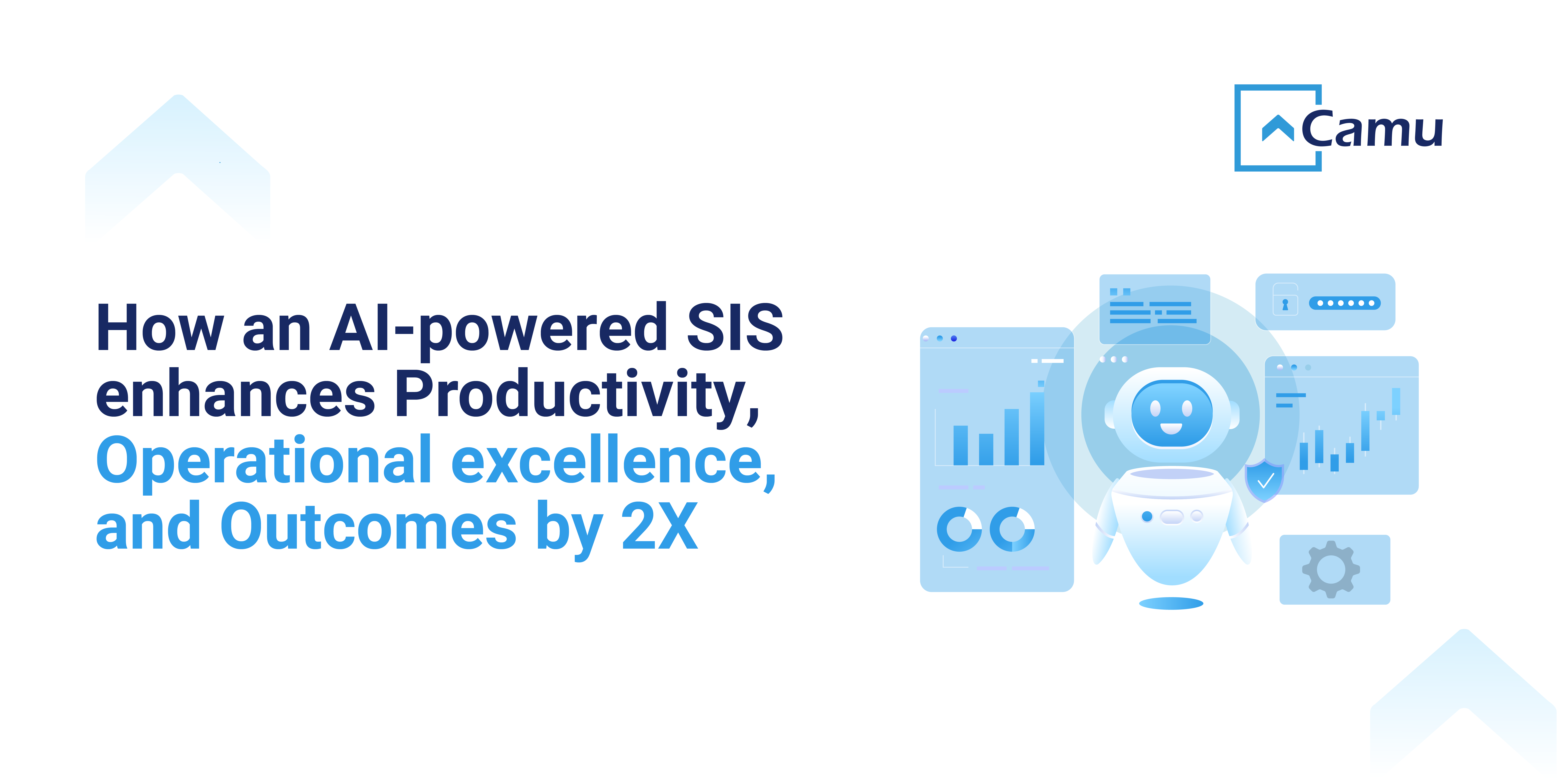Table of Contents
Introduction
Understanding Student Attendance Systems
Purpose of Student Attendance Systems in Institutes
10 Effective Strategies to Improve Student Attendance
Conclusion
Introduction
Modern educational institutes employ Student Attendance Systems to monitor and enhance attendance, fostering a conducive learning environment. Student attendance matters a lot in colleges and universities. It can either help students succeed or lead them to drop out. Yes, going to classes is important.
Research studies have shown that attending classes is a big deal. If students don't go to classes, they might end up leaving school.
This blog aims to unravel the significance of student attendance systems, their purpose, and effective strategies to improve student attendance.
Understanding Student Attendance Systems
A Student Attendance System is a digital aid deployed in educational institutions to monitor the presence and absence of students. It often involves the use of technology, such as biometrics, smart cards, or mobile applications, to streamline the attendance tracking process.
The primary goal is to maintain accurate records of students' attendance, enabling institutes to make informed decisions regarding academic progress and engagement.
Purpose of Student Attendance Systems in Institutes
The implementation of Student Attendance Software serves several crucial purposes within educational institutes:
Ensuring Compliance: Attendance systems help institutes comply with regulatory requirements regarding student attendance, ensuring that they meet academic standards.
Monitoring Engagement: Regular attendance is often linked to student engagement. These systems provide insights into students' commitment to their studies and overall participation in academic activities.
Identifying At-Risk Students: Consistent absenteeism may be indicative of underlying issues. The attendance data allows institutes to identify students experiencing academic difficulties or dealing with personal challenges.
Facilitating Communication: Attendance systems enable effective communication between educators, students, and parents. Timely alerts about attendance patterns allow for early intervention and support.
Enhancing Accountability: By maintaining accurate attendance records, institutes establish a sense of accountability among students, encouraging them to take responsibility for their learning journey.
10 Effective Strategies to Improve Student Attendance
1. Track Attendance in Real-time
Utilize digital and online student attendance for students that provide real-time tracking. This allows for immediate identification of absenteeism patterns, enabling swift intervention.
2. Encourage Students with an Effective Curriculum
Design a curriculum that sparks interest and relevance. Engaging and meaningful lessons contribute to higher attendance as students are motivated to participate in interactive learning experiences.
3. Schedule Realistic Timetables
Consider students' schedules and workload when creating timetables. Realistic schedules help reduce stress and fatigue, making it more likely for students to attend classes regularly.
4. Conduct Online Tests & Quizzes
Integrate technology by conducting online assessments. This not only aligns with modern learning methods but also allows for flexible attendance options, accommodating various learning styles.
5. Integrate Personalized Learning
Tailor educational approaches to individual student needs. Personalized learning acknowledges diverse learning styles, fostering a sense of inclusivity and increasing attendance.
6. Improve Interaction
Create an interactive and participatory classroom environment. Encourage discussions, group activities, and student involvement to make learning more engaging and attendance-worthy.
7. Link Attendance with the Grades
Establish a connection between attendance and academic performance. This encourages students to recognize the impact of regular attendance on their overall grades, fostering a sense of responsibility.
8. Modify Teaching Techniques
Employ varied teaching methods to cater to different learning preferences. A dynamic and interactive teaching approach can captivate students' interest and contribute to better attendance.
9. Reward Regular Scholars
Acknowledge and reward consistent attendance. Recognition can serve as a positive reinforcement, motivating students to attend classes regularly.
10. Encourage Parent Involvement
Foster a strong connection between the institute and parents. Regular communication about attendance, progress, and challenges can create a supportive network to encourage student attendance.
Conclusion
The attendance monitoring system is more than just a tool for recording attendance; it is an essential component in shaping a positive learning environment. By implementing effective strategies, educational institutes not only improve attendance but also create an atmosphere that motivates and supports students in their academic journey.
Nurturing regular attendance is a collaborative effort that involves educators, students, and parents working together to pave the way for academic success and personal growth.
Use the best attendance management system offered by Camu. Schedule a demo today and unlock the strength of seamless attendance systems for improved efficiency and productivity.





